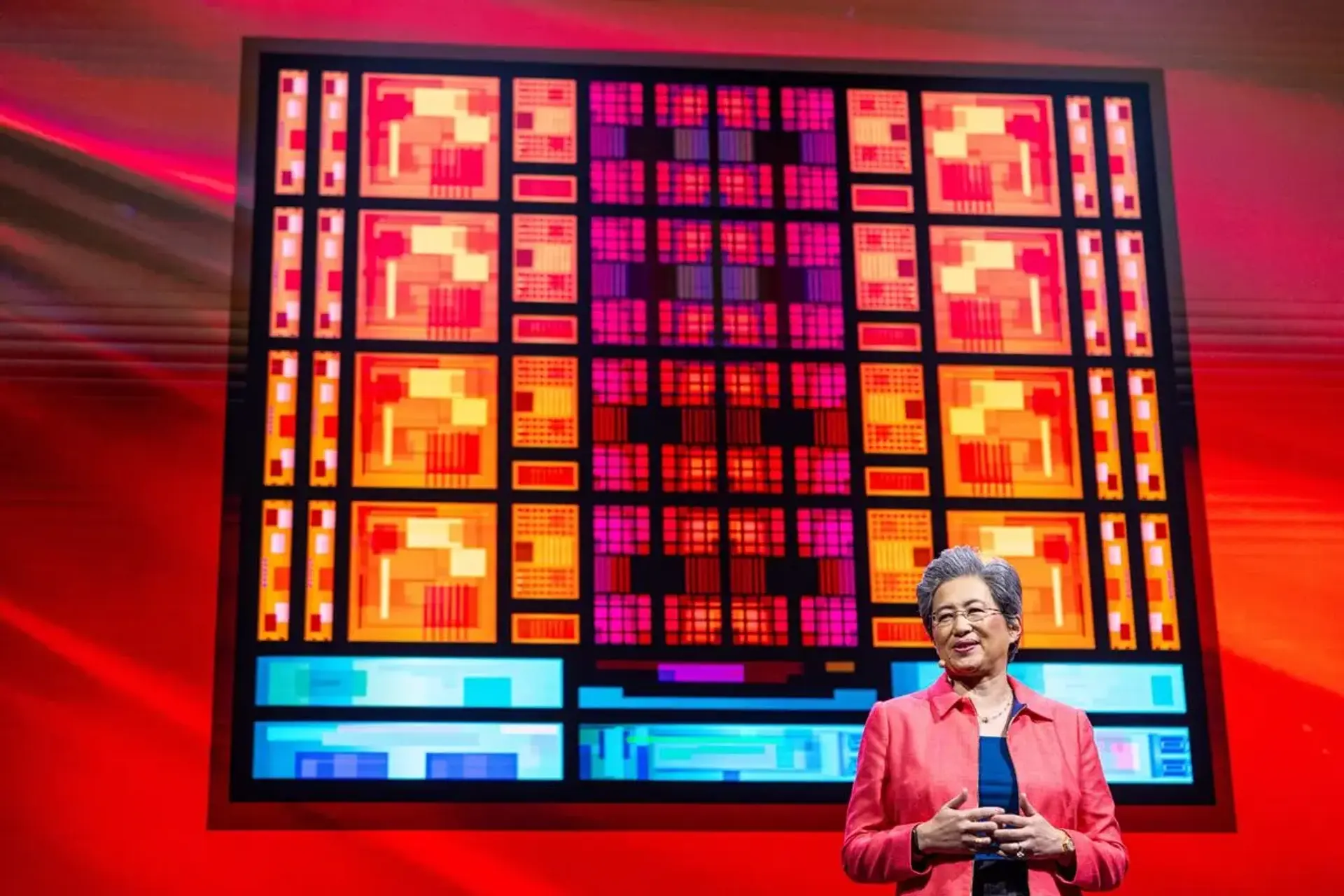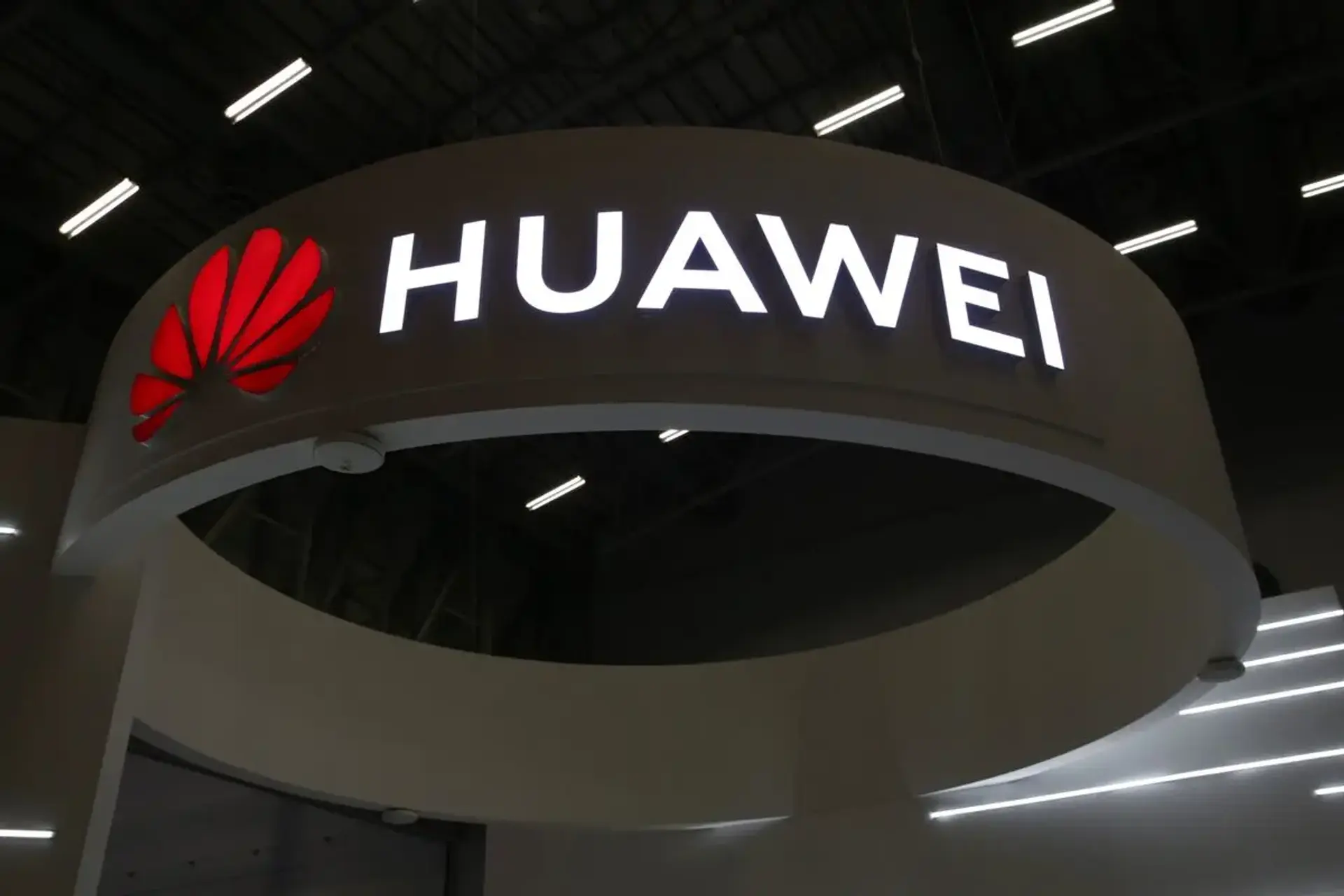The US and China are locked in a tech rivalry reminiscent of historical power struggles. Some analysts suggest that US tariffs, intended to cripple China, are instead accelerating its technological advancement, echoing how Napoleon's blockade inadvertently spurred British innovation. China's R&D spending is surging, with a significant portion directed towards AI, quantum computing, and semiconductors, aiming to neutralise US sanctions. While the US still holds a lead in some areas, China is rapidly catching up, producing a large share of AI research papers and investing heavily in green tech.
China's semiconductor industry exemplifies this shift. Once heavily reliant on US suppliers, domestic chip production is increasing significantly. Huawei's advancements, despite restrictions, demonstrate China's resilience. Some experts warn that the US may be underestimating China's adaptive capacity, with China's investments in its domestic semiconductor industry dwarfing those of the US. This competition may lead to a world divided into distinct tech spheres, yet still interdependent, as China remains a major consumer of global tech products.
Overall, the US-China tech battle is intensifying, with China demonstrating a remarkable ability to innovate and adapt in the face of US pressure. This rivalry is reshaping the global tech landscape, potentially leading to a more multipolar world.
Related Articles

China Tech's AI Reality
Read more about China Tech's AI Reality →
Tech Chiefs Lobby for Lighter Regulations
Read more about Tech Chiefs Lobby for Lighter Regulations →
Trump Revisits AI Chip Rules
Read more about Trump Revisits AI Chip Rules →
Huawei's AI Chip Challenges Nvidia
Read more about Huawei's AI Chip Challenges Nvidia →
